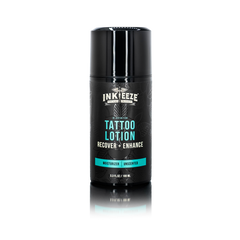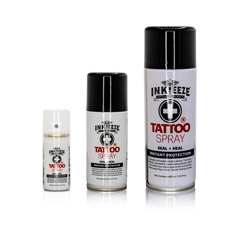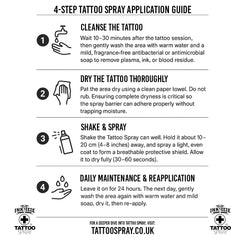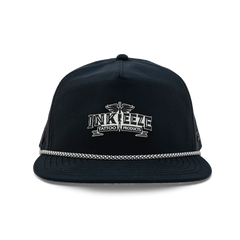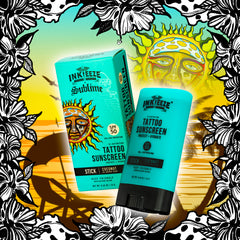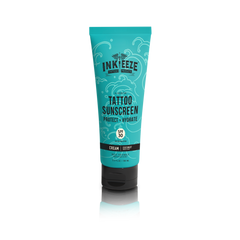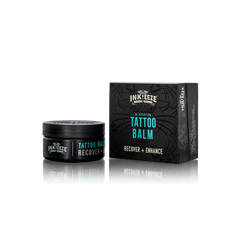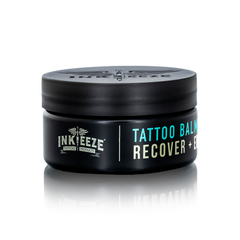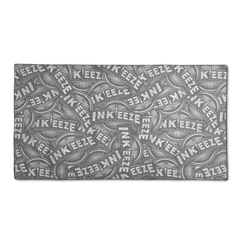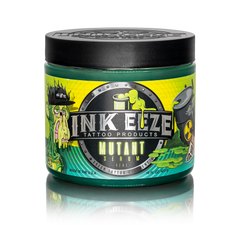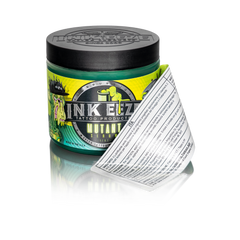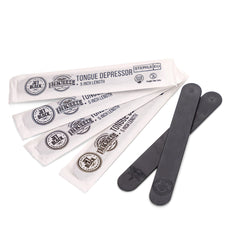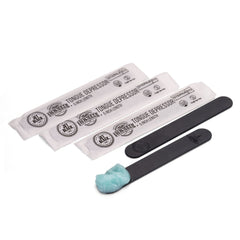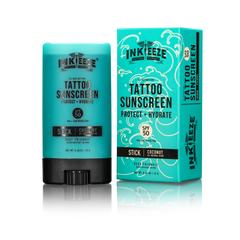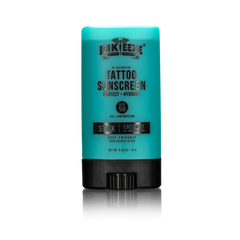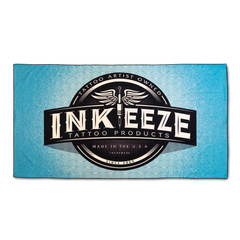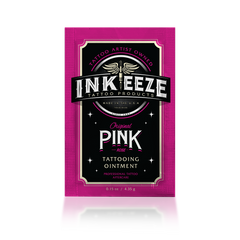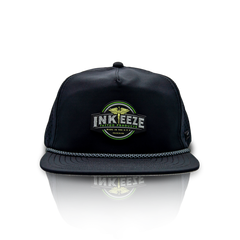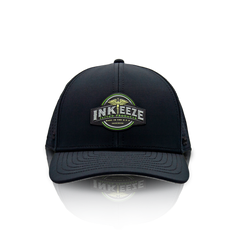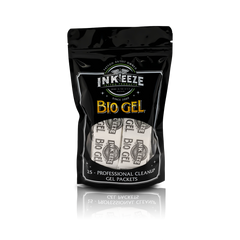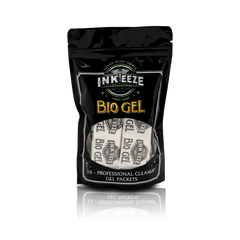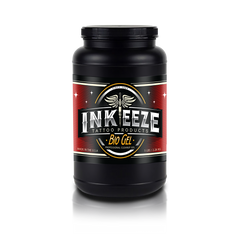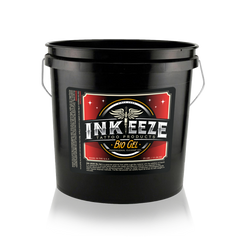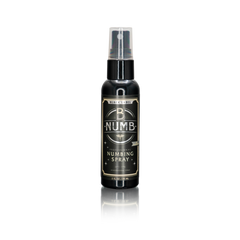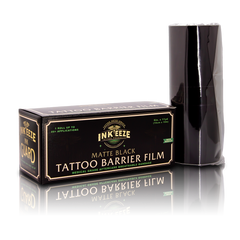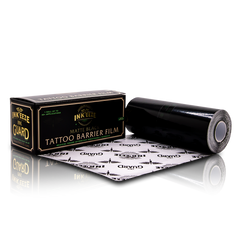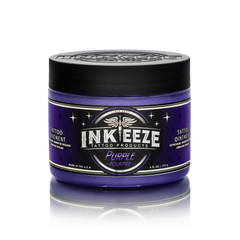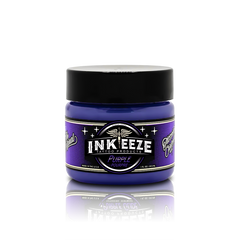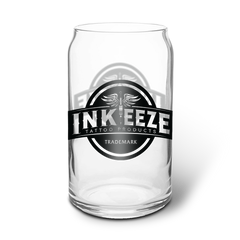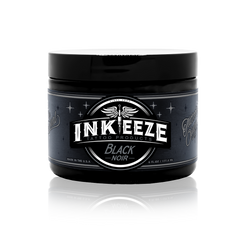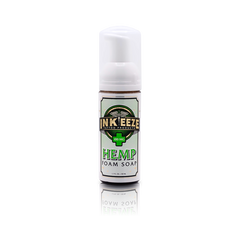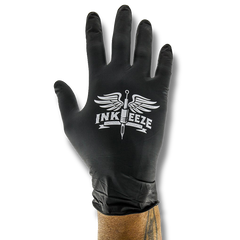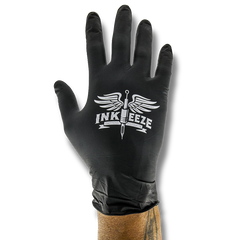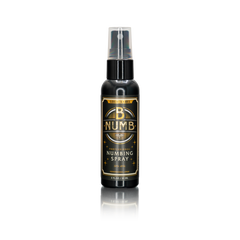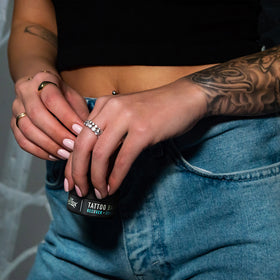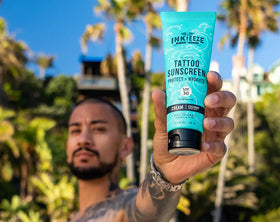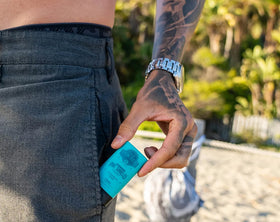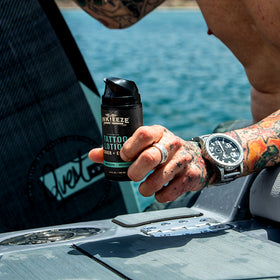It’s perfectly normal for a healthy tattoo to appear a little red, swollen, or itchy while it heals. It’s important to treat the new tattoo with care because it’s still considered a wound. Your new tattoo will leak a bit of plasma discharge during the first three or four days. If it's bleeding clear liquid, it's generally not pus and hence not infected. When the skin is injured (for example, when ink is injected via needles), the body sends out cytokines, promoting increased vascular sensitivity. This causes inflammation and more plasma in the skin tissue, which promotes healing and may cause the spot to bleed. It is a natural part of the tattoo healing process.
Ink spilling and leaking off your tattoo for a few days is also natural and nothing to be concerned about. A skilled tattoo artist will usually strive to push as much ink as possible onto your skin to guarantee that it’ll dry adequately in your epidermis, ensuring that the color and shade stay dense, vibrant, and uniformly dispersed after healing. So, when an artist packs more ink than your skin can manage, it might end up leaking a bit.
What to Do When a Tattoo Leaks?
Don't be alarmed if the fluid is transparent and the tattoo doesn't feel warmer or appear red. Simply reduce the amount of ointment you're applying. You should only apply a little bit of ointment on your tattoo, just enough to make it glow. Checking if your skin feels moist after an ointment application is helpful to monitor the treatment's effectiveness. If it feels excessively wet on the skin, you're overdoing it with the ointment.
Is Your Tattoo Infected?
Since needling effectively causes multiple minor punctured wounds, the skin becomes highly sensitive after getting tattooed. It triggers the body's inflammatory healing response, which results in soreness, redness, and the activation of immune cells to the tattooed spot to help it recover. Symptoms of an infected tattoo may include the following:
- Increased redness.
- Increased discomfort.
- An itchy, reddish, and lumpy rash.
- Chills and fever.
- Pus coming out
- Fresh blisters.
Consult your doctor straight away if you suspect you have an infected tattoo. Not only can an infection destroy your fresh tattoo if it remains unaddressed for too long, but it may also be dangerous to your health.
Tattoo Aftercare Tips
When you get tattooed, you're investing money and effort in your body, so you should do everything you can to ensure that it’s going to last long and avoid any infections or chronic inflammation. Make sure to pay close attention to the aftercare process! For instance, a tattoo might itch and peel during the first and second week, so it is crucial not to scratch it. You can decrease the itching by placing a cold compress over the tattoo bandages.
The basics of tattoo aftercare are cleanser, ointment, and sunscreen. For two to four weeks, carefully wash the tattooed part twice a day with a mild cleanser or soap and water. Gently pat it dry before applying an antibiotic ointment. When you're out in the sun, use a broad-spectrum, water-resistant lotion or sunscreen with an SPF of at least 30 or higher to protect your skin from harmful UV rays that may fade your tattoo. Apply the sunscreen for at least 15 minutes before going outside and reapply every two to three hours.

